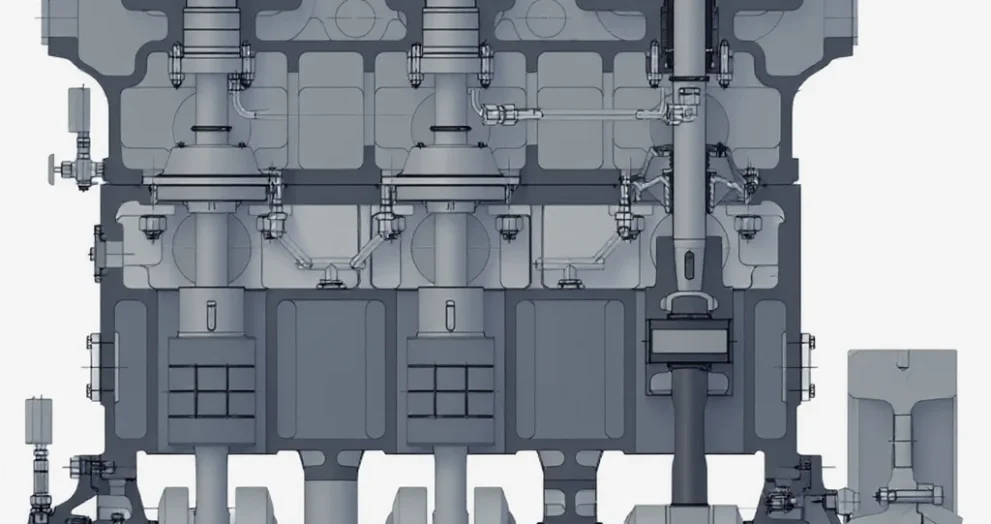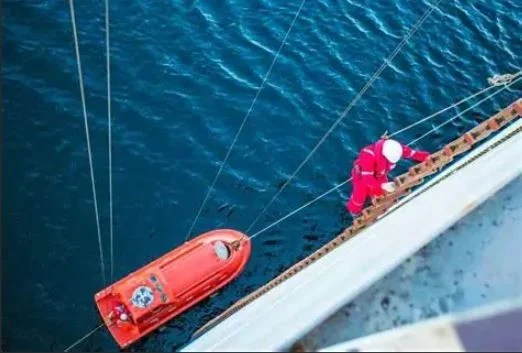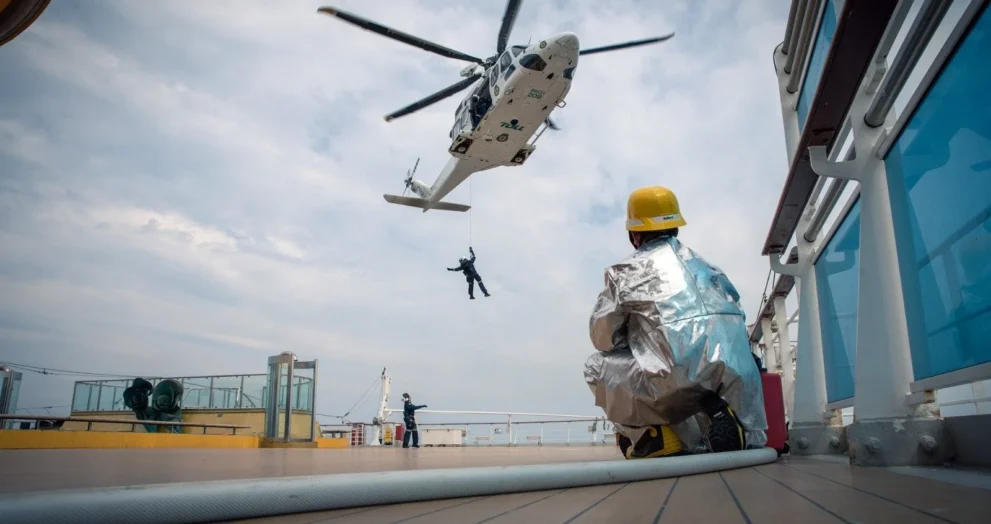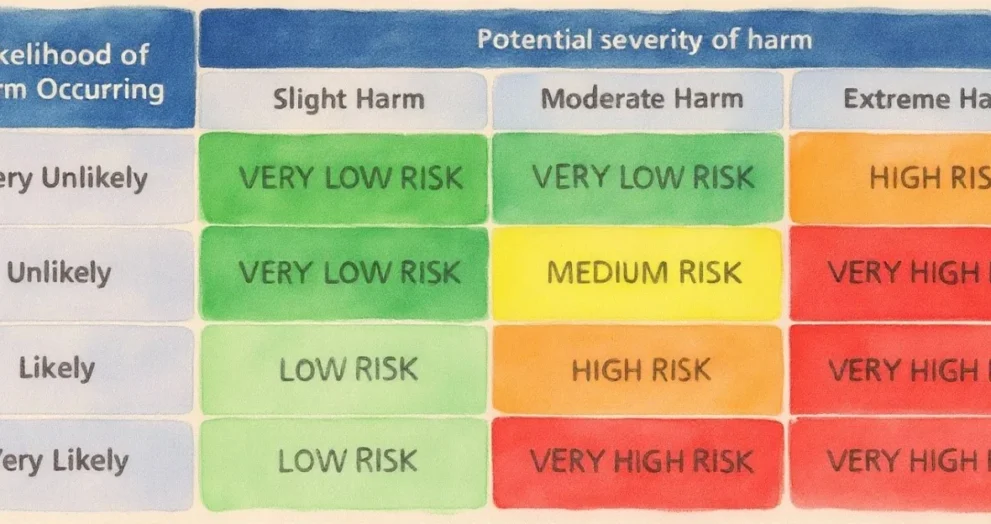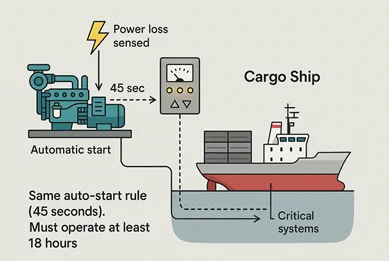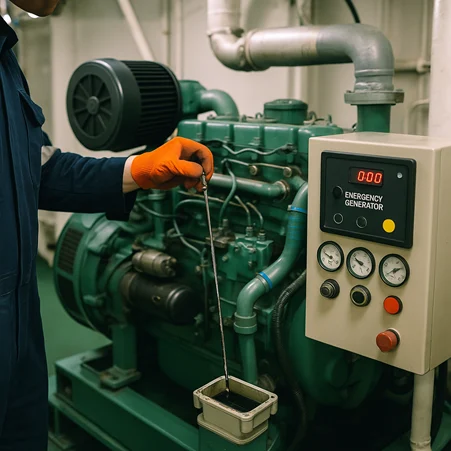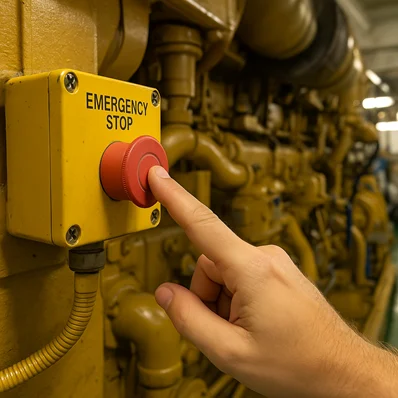-
Capt. Zaheer Patel / 4 months
- 0
- 4 min read
Marine Air Compressors on Ships In this article, we’ll explore marine air compressors in-depth: types used onboard, their applications, operation, safety features, routine maintenance, valve overhauling, and real-world troubleshooting tips. Types of Compressors Used Onboard Ships Compressors onboard are used for compressing gases by reducing volume and increasing pressure. There are different types of compressors […]
Disclaimer: The views and opinions expressed in this blog are solely those of the author(s) and do not necessarily reflect the official stance of NavInsider, its founders, or its editorial team. All content is intended for informational and educational purposes only and should not be taken as professional advice. While efforts are made to ensure accuracy, NavInsider and its affiliates—including founders, writers, and contributors—assume no responsibility for any errors, omissions, or outcomes resulting from the use of this information. Any reliance on the content is strictly at your own risk. Data, visuals, and external references, if used, are sourced from public platforms and may not be independently verified. NavInsider and its team are not liable for any claims, damages, or losses arising from the use of this content in any form. By accessing this blog, you agree to this disclaimer.

